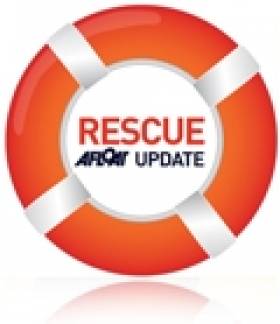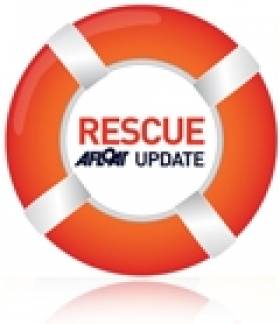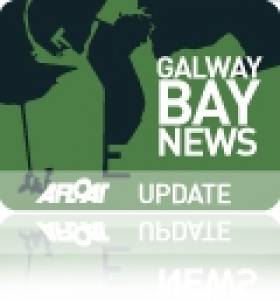Displaying items by tag: Galway RNLI
Duo Rescued from Sinking Fishing Boat in Galway
#RESCUE - BreakingNews.ie reports that two men have been rescued from a sinking fishing boat in Galway Bay this afternoon.
One of the two men on board the vessel alerted rescue services around 2pm after they began taking on water close to Salthill west of the city.
Two other fishing boats aided the duo before the Galway RNLI lifeboat crew boarded the vessel and used a pump to keep it afloat.
The stricken boat has since been towed back to the city docks.
Man Rescued from Sinking Boat at Galway Docks
The Irish Coast Guard and Galway RNLI lifeboat were alerted and came to his assistance when his eight-foot RIB broke down near Nimmo's Pier around 5pm.
The man was taken safely on board and the RIB was towed to the slipway at the new Ocean Sports Centre. No serious injuries were reported.
Windsurfer Caught Out by High Winds in Galway Bay
The crew of Galway's RNLI lifeboat were alerted at 4pm on Sunday afternoon after the windsurfer had been caught out by strong north-westerly winds. The man was found uninjured and taken to safety.
Galway RNLI warns that high winds can come up fast in Galway Bay, which can cause difficulties for even experienced sailors or windsurfers.

























